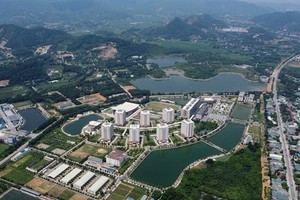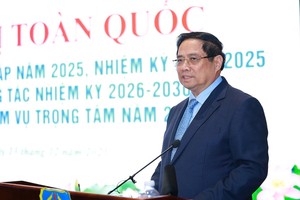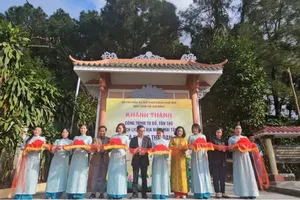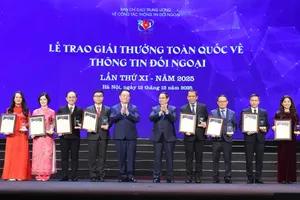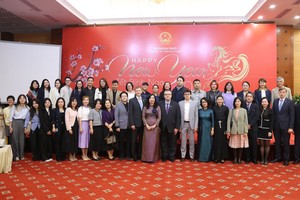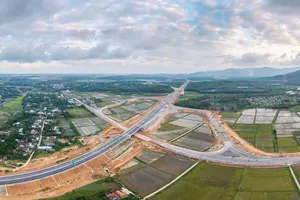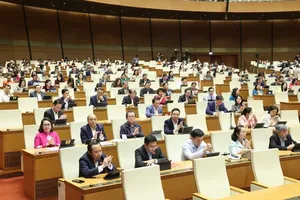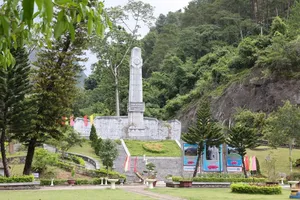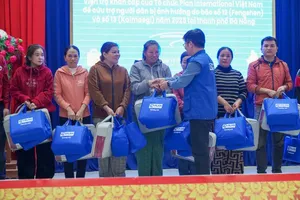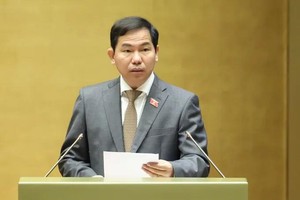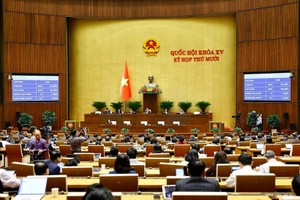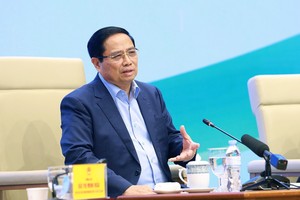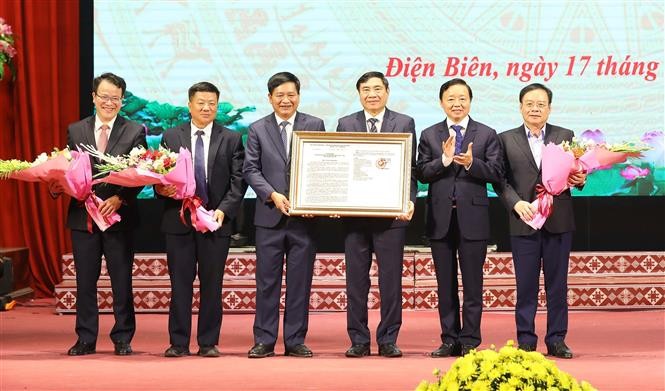
Ha asked the local authorities to prioritize resources to invest in infrastructure projects for regional and global connection, creating a connection axis between Vietnam and other Southeast Asian countries and China.
The province must concentrate on developing traffic connection systems, connecting energy infrastructure, digital infrastructure, health care, and education, he said, urging the province to implement mechanisms and regulations to attract large investors, citing Dien Bien's numerous advantages in tourism development.
To produce distinctive, high-value agricultural goods, the province must continue to highlight its agricultural strengths and soil advantages, focus on the forestry industry, and expand afforestation.
According to him, Dien Bien also benefits from hydropower, solar energy, and wind energy - renewable energy sources that require consideration, funding, and utilization.
After the master plan was announced, the official urged the province to step up investment promotion activities and ask for help from scientists and investors to ensure the area develops diversely and sustainably.
He said the province needs to promote the digital economy, IT application, and administrative procedure reforms in all fields.
According to its master plan for the 2021-2030 period with a vision towards 2050, Dien Bien strives to become a tourism and service hub of the northern midlands and mountainous regions by 2030.
The plan states that by 2030, Dien will become a province with a medium level of development, focusing on high-tech, high-quality forestry and agriculture, as well as processing and tourism.
The master plan places a significant emphasis on the digital economy. The area will rise to prominence internationally and serve as a hub for historical, cultural, and ecological tourism in the country, according to the plan.
The province outlines specific goals including exceeding 10.51 percent of the annual economic growth rate for the 2021–30 period. By 2030, the average per capita GRDP is expected to surpass VND113 million (US$4,570). Over 2.65 million tourists are expected to visit the province in 2030.
The province has chosen three innovations: refining rules and regulations to boost productivity; completing the socioeconomic infrastructure system in a timely and contemporary manner, emphasizing transportation infrastructure investments to spur innovation and development; and applying science and technology, strengthening innovation for human resource development.
It identifies a driving economic axis along Highway 279, the Dien Bien – Son La – Hanoi expressway, associated with Dien Bien airport. It is considered the main and important driving force of the entire region.
The province will develop an economic axis along National Highway 12, National Highway 6, and National Highway 4H, connecting with its western part. Dien Bien identifies four growth poles namely Dien Bien Phu City, Muong Lay Township, Tuan Giao Town, and Muong Nhe Town.
